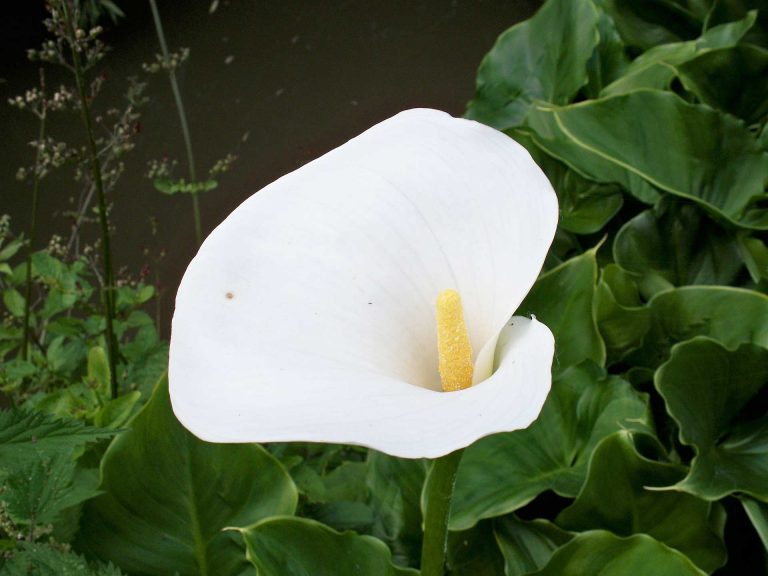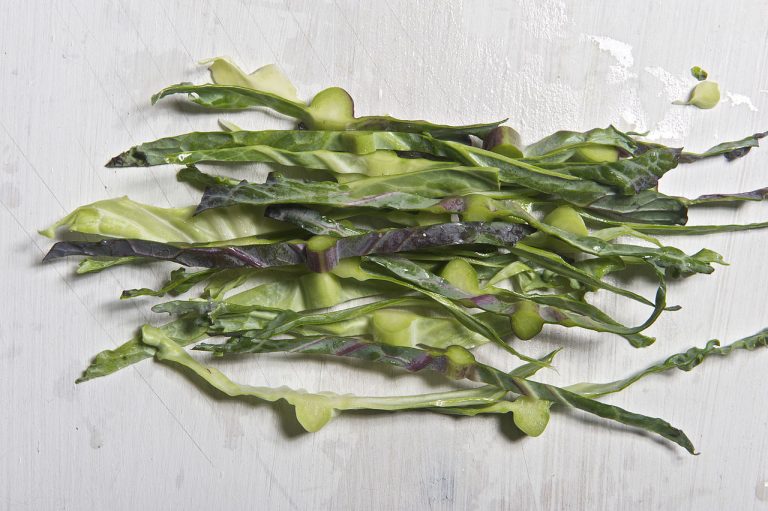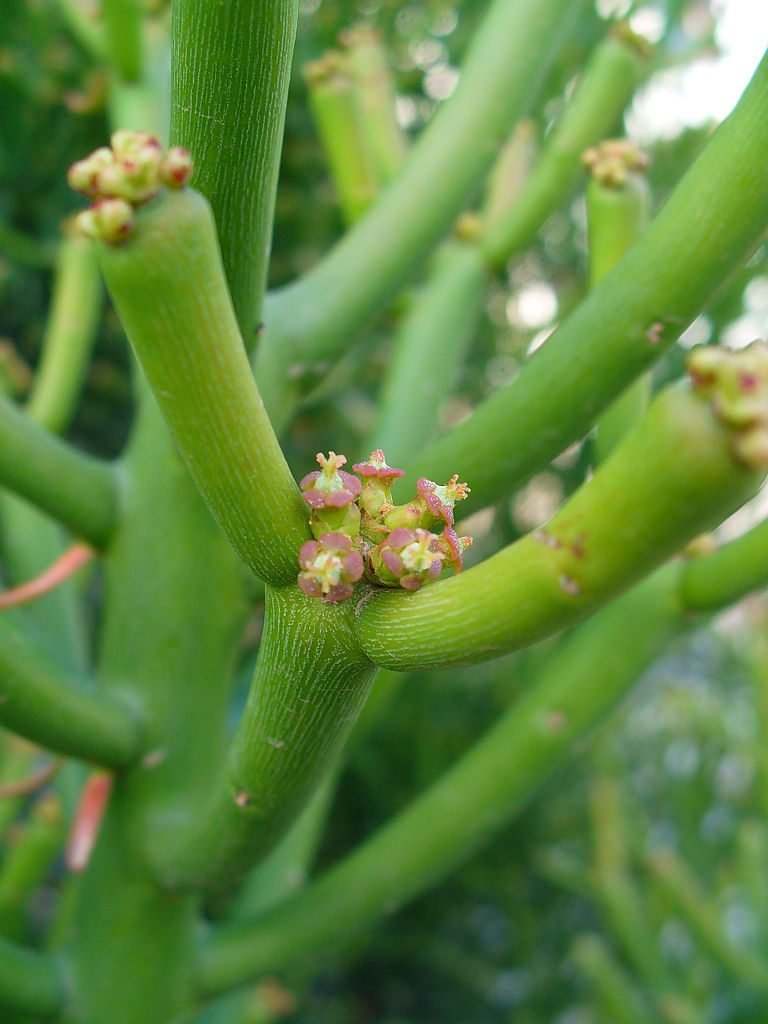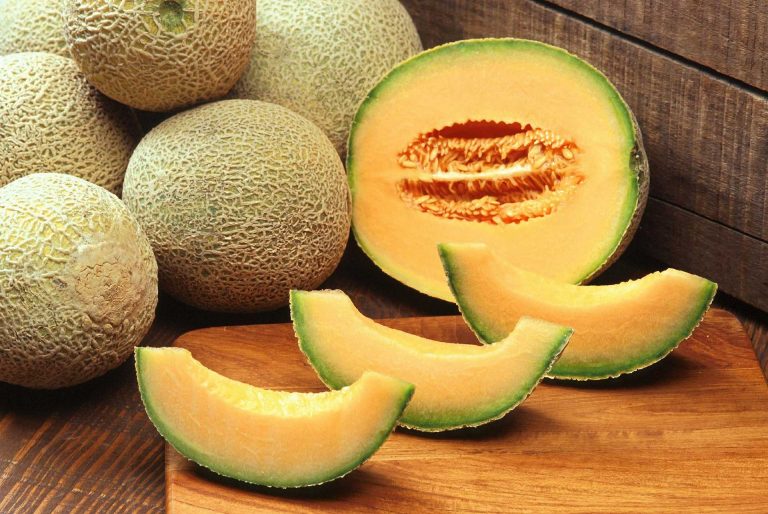Citrus Fruits
Scientific Classification
| Kingdom: | Plantae |
| (unranked): | Angiosperms |
| (unranked): | Eudicots |
| (unranked): | Rosids |
| Order: | Sapindales |
| Family: | Rutaceae |
| Subfamily: | Aurantioideae |
| Tribe: | Citreae |
| Genus: | Citrus |
Citrus is the usual terminology for a flowering plant of the Citrus genus, that belongs to the ruefamily, Rutaceae. Citrus is an exotic fruit, acidic in nature; with bitter and juicy fruit segments enveloping their seeds. Most citrus fruits are acidic; to name a few, they are lime, tangerine, lemon, orange grapefruit mandarin and Minneola.
Anatomy
The citrus is a small tree of height 5-15 m or a big shrub. They have spiny shoots with evergreen leaves arranged in an alternate manner, having a margin throughout. The blossoms are single or formed in tiny corymbs, and each single flower is 2 – 4 cm in diameter having five (or in certain cases four) petals white in color and many stamens, and most of them, highly fragrant.
Habitat
Citrus originates in the subtropics and tropical regions of Asia. It is a variety of flowering plants.
GROWING AT HOME
Soil for Planting
Citrus fruits grow well in most of the properly drained soil. Do not use salty soil. Select a location free from wind, but with maximum exposure to sunlight.
Planting
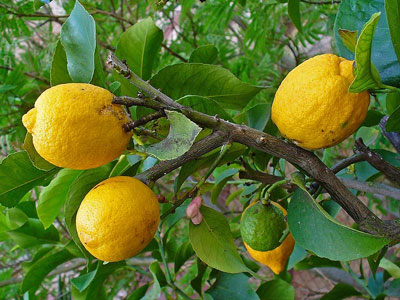
Photo by: H. Zell
It is possible to plant trees in the citrus belt any part of the year. An ideal time to plant container-grown trees from a nursery is the spring season. Plant the standard sized trees at a distance of 12 – 25 feet apart and dwarf trees 6 – 10 feet apart (the distance depends upon the variety and type). Plant your standard size oranges at a distance of 20 feet apart, and standard size grapefruit 25 feet apart. The space required for lemons and lime are comparatively less. Do not plant the trees deeper than how they were grown in the nursery container.
Watering
Weekly once, water the whole area of the roots thoroughly. Supply enough quantity of water for outdoor citrus trees. As for the citrus trees grown indoors, the soil dries quicker, hence water them more often.
Temp and Humidity
The ideal temperature for indoor citrus trees is 65° F at day, with a fall of 5 – 10 degrees at night. The tree adjusts with lesser light.
Flowering and Maturing
The availability of water and temperature activates the flowers. Nature assures the steady continuation of the species by the persistent production of fruits and flowers.
Care
Prune the citrus tree any part of the year. At the young stage, prune the extra growth. Prune the mature trees to discard the dead, diseased and broken branches and give them 1 to 1½ pounds of nitrogen every year. Apply in four quarters round the year, if not 6 – 8 weeks before flowering.
Pests and Pesticides
Whitefly, aphids and scale insects (e.g. California red scales) affects the citrus plants with diseases. Some aphid-transmitted citrus tristeza viruses serve as vectors for viral infections and if not properly checked or controlled leads to total destruction of the citrine plantations. Citrus trees attract many kinds of diseases and insect pests which vary according to the region. For controlling the pests in your area refer to your cooperative extension office.
Harvest Month and Storage
Even though a few types of citrine fruits get ripened together, some other varieties get ripened over a spread of months (fall through winter). The best sign of ripeness is taste. Use a pruning shear to pick up your ripened fruits.
Store your citrus fruit for a week at room temperature. Keep them out of direct contact with sunlight in a dark, cool place and inspect them often to check if any of them are rotten.
It is possible to increase the lifespan of the citrus fruit by refrigerating them, by placing them in a cheese cloth, mesh or perforated plastic bag.
Varieties
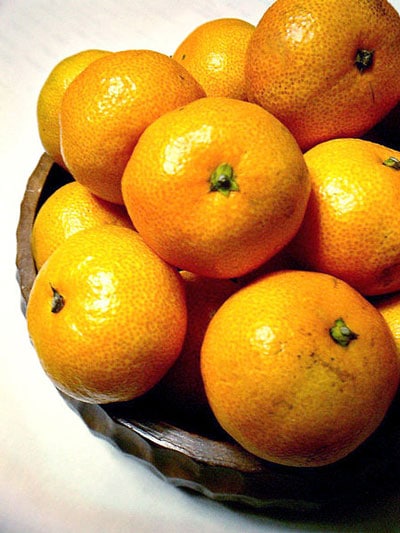
Photo by: Tomomarusan
The various types of citrus fruits are lime, tangerine, grapefruit, lemon, orange, Minneola and mandarin and the like.

Having discovered a fondness for insects while pursuing her degree in Biology, Randi Jones was quite bugged to know that people usually dismissed these little creatures as “creepy-crawlies”.


